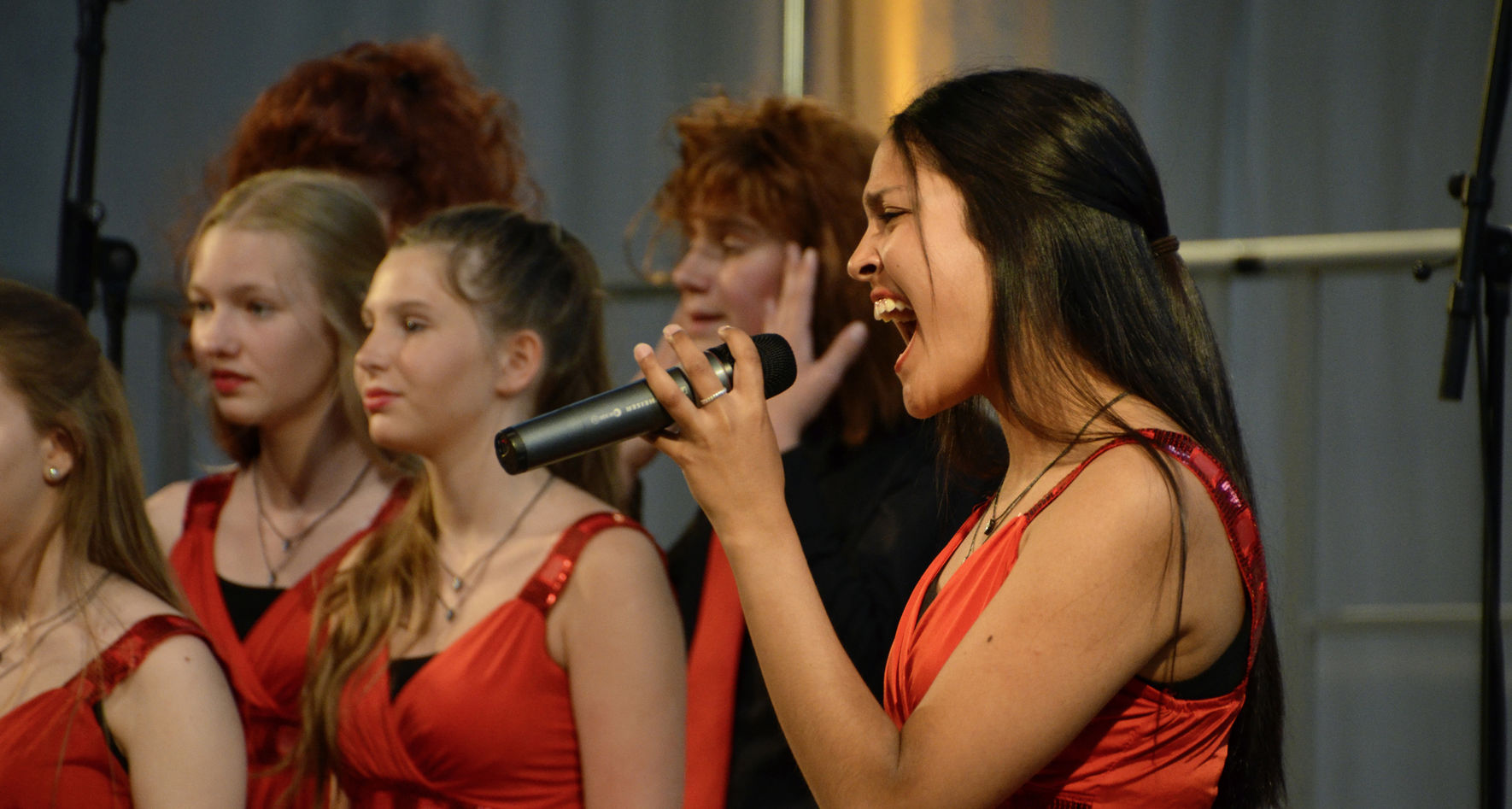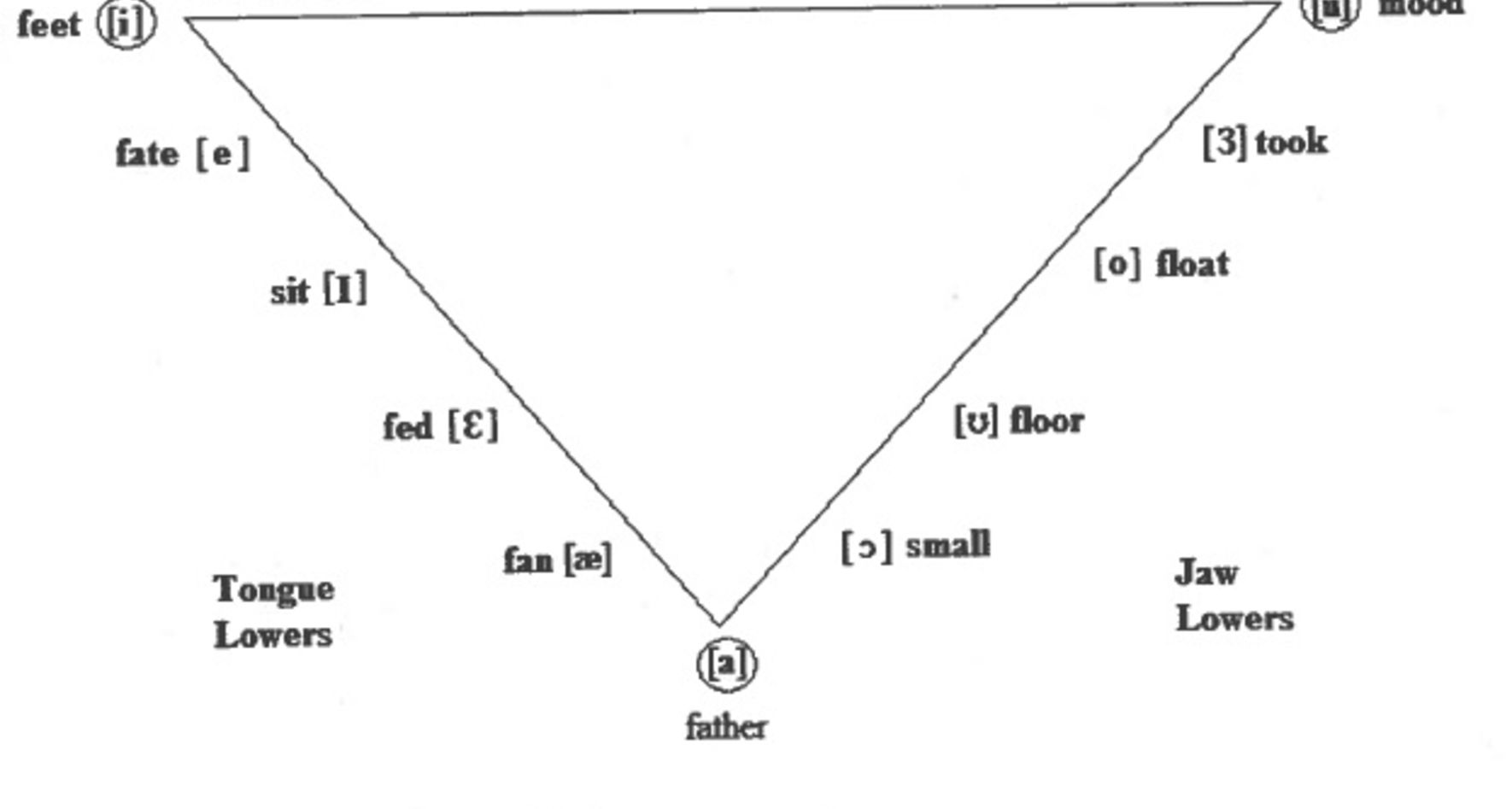
Vocal techniques for the young singer
Henry Leck from the USA describes some vocal techniques especially for young singers at the "International Symposium on children and youth choral music" in Guangzhou, 2012.
Changing Choral Sound through Mental Focus, Vowel Uniformity, Movement, Visualization, Conducting Gesture, Weight and Colour.
Learning theorists contend that singers learn in three basic ways: Visual, aural and kinaesthetic. This session will include specific vocalizes and warm-ups employing these various vehicles of learning. This session will explore ways to creatively approach the singing process in an effort to achieve higher levels of artistry and effective interpretation. Artistic movement on stage and active thinking while singing can bring your choir to a new level.
The success of a good
rehearsal begins before the
first note is sung.
Henry Leck
MENTAL FOCUS
The success of a good rehearsal begins before the first note is sung. It must start with good mental focus and relaxation. The act of music making is framed in silence, so it’s logical that a rehearsal should emerge from quietude. Allow your students to find the best in themselves through a visual symbol and silence. While hand clapping and shouting will gain their attention, it also creates an obstacle of tension and mental resistance. The singers need a consistent physical symbol that will draw them back into an artistic mental attitude.
Demanding silence is as simple as holding up your hands. When students are talking and moving about the room before rehearsal, there is high spirited pandemonium as students greet each other and chat among themselves. This must cease before rehearsal begins.
MUSCLE RELAXATION
After a silent signal to get the singers’ attention, the instructor goes through a series of muscle relaxation exercises for them to mirror. Just as a runner stretches before a marathon, singers need to stretch in order to find relaxation in the upper torso. The beginning of each rehearsal should include, with exactness, a routine of stretching and relaxation exercises as taught in the Alexander Technique.
Attention Getter: Director raises hands over head.
- Upper Arm Stretch
- Backward Stretch
- Shoulder Rolls
- Rotational Stretch
- Head Roll
- Relaxation
- Balance Relaxation Technique
BREATH MANAGEMENT
Three Kinds of Breaths
- Gasping breath.
- Efficient breath
- Luxurious breath
PITCH MEMORY
When the mind is focused and the body is ready, nearly all singers can remember a given pitch. This memory comes from several factors including the physical sensation, the breath, the aural sound, the space in the mouth, and resonators. It is very important to begin young singers in head voice. For that reason, begin this portion of the rehearsal by singing c2, an octave above middle C. Then sing a descending scale to maintain ease and suppleness of tone, unifying and shaping each vowel for consistency.
LEARNING ANCHORS
We are able to teach more effectively when we understand how young people learn. Learning to sing is not strictly an aural process. We engage as many senses as possible. While singing we hear, see, and feel. As teachers, we must provide instruction through the following learning anchors: aural, visual, and kinesthetic (physical sensation and bodily movement). With the knowledge of these learning anchors, let’s explore each in some detail.
VOWEL SOUNDS
Vowel sounds provide the beauty and tone of the voice. They are sustainable and must be held smoothly. Singing is an athletic activity and the muscles must be trained to hold tones smoothly and consistently, to make agile leaps from low to high, to run up and down, to scale ladders, to spin tones, to stretch from slower to faster vibrations. Much goes on behind the scenes while individuals are singing. Then the vowel sounds must be unified within the group. If one singer is singing “uh” while others sing “ah,” their voices will not blend beautifully. They must keep the sound ideal in their minds while listening, and match the timbre of those singing around them.
Phonetic Alphabet:

Begin working on three basic corner vowels.
When placement is unified and secure, begin working on the modified vowels.



